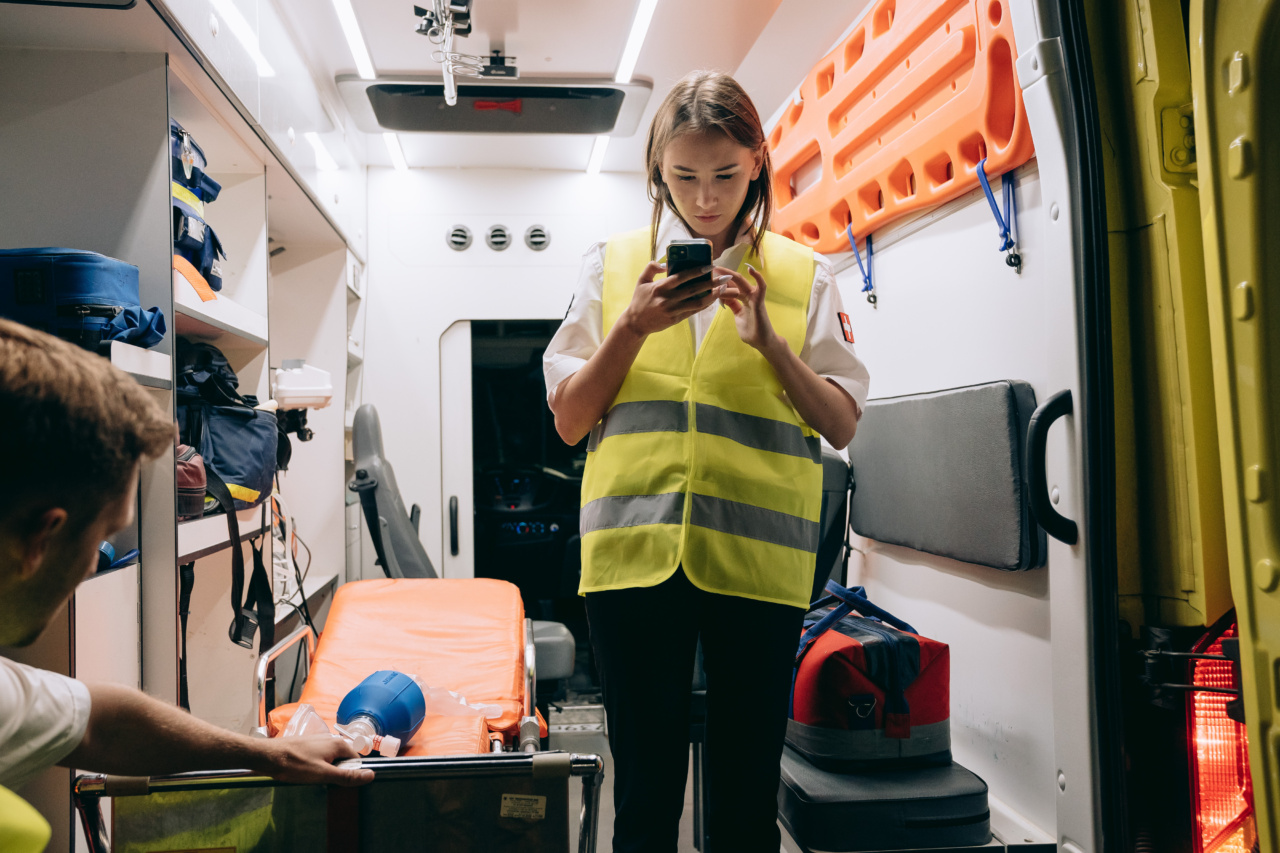Medical emergencies can happen to anyone, at any time. In such situations, seeking medical attention quickly can be the difference between life and death.
Ambulances are one of the primary modes of emergency medical assistance available, yet there is a gender gap in their use. Women are less likely to use ambulances in medical emergencies, which can have serious consequences. Let’s explore this gender gap and why it exists.
Gender Gap in Ambulance Use
Studies have shown that women are less likely to use ambulance services in medical emergencies than men.
A report published in 2019 by the Centers for Disease Control and Prevention (CDC) found that women accounted for only 37% of ambulance use in the United States. This gender gap is not unique to the United States, as similar trends have been observed in countries across the world.
There are many reasons why women are less likely to use ambulance services, and the reasons differ based on a variety of factors, including age, race, and socioeconomic status.
Reasons for the Gender Gap
Lack of Awareness
One reason why women may be less likely to use ambulance services is a lack of awareness. Many women are unaware of the severity of their situation, or they may not realize that they require emergency medical attention.
In some cases, women may not recognize their symptoms as being serious or may delay seeking medical attention because they do not want to inconvenience others.
Childcare Responsibilities
Another reason for the gender gap in ambulance use is childcare responsibilities. Women are often primary caregivers for their children and may be reluctant to leave them alone in an emergency.
Additionally, women may be hesitant to use ambulance services if they lack childcare options or if they do not have anyone to accompany them to the hospital.
Fear of Discrimination
Women may also be hesitant to seek medical attention due to fears of discrimination or mistreatment. In some cases, women may avoid medical attention because of past negative experiences with healthcare professionals.
Women who belong to minority groups or who have limited English proficiency may be particularly vulnerable to discrimination in healthcare settings.
Cultural and Social Barriers
Cultural and social barriers can also contribute to the gender gap in ambulance use. Some cultures discourage women from seeking medical attention or may require women to seek the permission of a male family member before seeking care.
Additionally, social norms may dictate that women should prioritize the needs of their families over their own health.
The Consequences of the Gender Gap
The gender gap in ambulance use can have serious consequences for women’s health. Delaying or avoiding emergency medical attention can lead to health complications, hospitalizations, or even death.
Women who experience heart attacks, strokes, or other medical emergencies may not receive timely or appropriate care, which can exacerbate their conditions and result in worse outcomes.
The gender gap in ambulance use is particularly concerning for women who belong to marginalized groups or who have limited access to healthcare.
Women from low-income families, rural areas, and minority groups may face additional barriers to accessing emergency medical services, which can further widen the gender gap.
Addressing the Gender Gap
To address the gender gap in ambulance use, it is essential to understand the underlying reasons and develop strategies to overcome them. Some potential solutions include:.
Public Health Campaigns
Public health campaigns that raise awareness about the importance of seeking medical attention in emergencies and educating women about the signs and symptoms of common medical emergencies can go a long way in closing the gender gap.
Addressing Childcare Needs
Providing childcare during medical emergencies or ensuring that emergency medical services accommodate caregivers can help women access healthcare without worrying about the safety and care of their children.
Addressing Fears of Discrimination
Hiring a diverse healthcare workforce that understands the unique needs of women from different backgrounds can help address fears of discrimination and improve trust in the healthcare system.
Working with Community Leaders
Engaging with community leaders and working to break down cultural and social barriers to healthcare access can also help address the gender gap in ambulance use.
Training healthcare workers to be culturally sensitive and to understand the unique needs of different communities can be particularly effective.
Conclusion
The gender gap in ambulance use is a serious issue that affects women’s access to emergency medical services and can have significant consequences for their health.
Addressing the root causes of the gender gap and developing strategies to overcome them is essential to ensure that all women have equal access to emergency medical services.





























